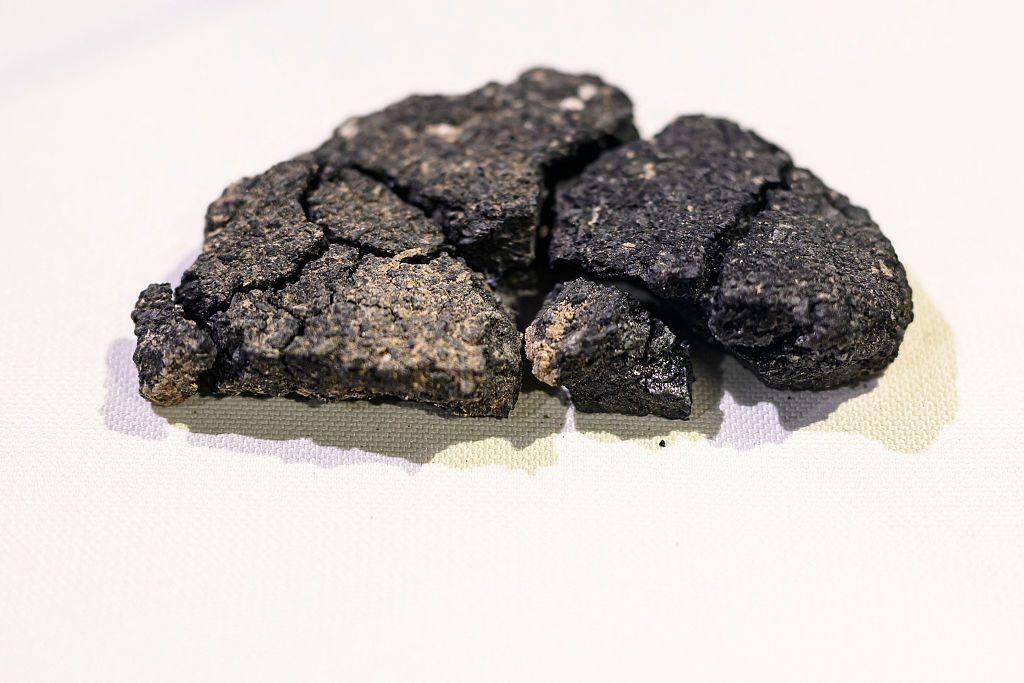What does a 5000-year-old loaf of bread taste like?

What does a 5000-year-old loaf of bread taste like?
- Published
Archaeologists in Turkey have teamed up with a bakers to bring an ancient bread recipe back to life!
Around 5,000 years ago someone buried a piece of very burnt bread in the soil by their house in Eskisehir in central Turkey.
Fast-forward a few thousand years and a team of experts found it during a dig at Kulluoba Hoyuk, an ancient Bronze Age settlement, in September 2024.
It's one of the oldest baked breads to be discovered during an excavation, and the ancient loaf is now on display at the Eskişehir Archaeological Museum in Turkey.
The 125-year-old chocolate bar and other really old foods
- Published23 April
World's oldest cheese found buried with mummies in China
- Published26 September 2024
Ancient Roman snack bar discovered
- Published28 December 2020

It's only a little burnt... The 5,000-year-old loaf is on display at a museum in Turkey
Archaeologist and director of the excavation - Murat Turkteki - said it is very difficult to find ancient bread like this one during a dig - as only crumbs usually survive - but because this bread was burnt and buried, it helped to preserve it.
The city's mayor, Ayse Unluce, said she was very moved by the team's discovery, as it showed what life was like for people living there thousands of years ago, and she wondered if the bread could be recreated today as a tribute.
How did they work out the secret recipe?

Local people can now buy the bread from a bakery in Turkey to taste it for themselves
The archaeologists studied the flat round-shaped bread in a lab to work out what ingredients it was made of.
Their research showed that the bread was made of ground emmer flour - an ancient type of wheat - and lentil seeds, as well as the leaf of a plant which was used as a type of yeast to help the bread to rise.
Unfortunately ancient emmer seeds no longer exist in Turkey.
So, to find an ingredient that would be as close as possible to the original recipe, the team decided to try using Kavilca wheat, which is similar to ancient emmer.
The scientists then worked with a team of bakers from the Halk Ekmek bakery (meaning "People's Bread" in Turkish) to try to make the loaves.
They made around 300 loaves and sold out within the first few hours of opening.
